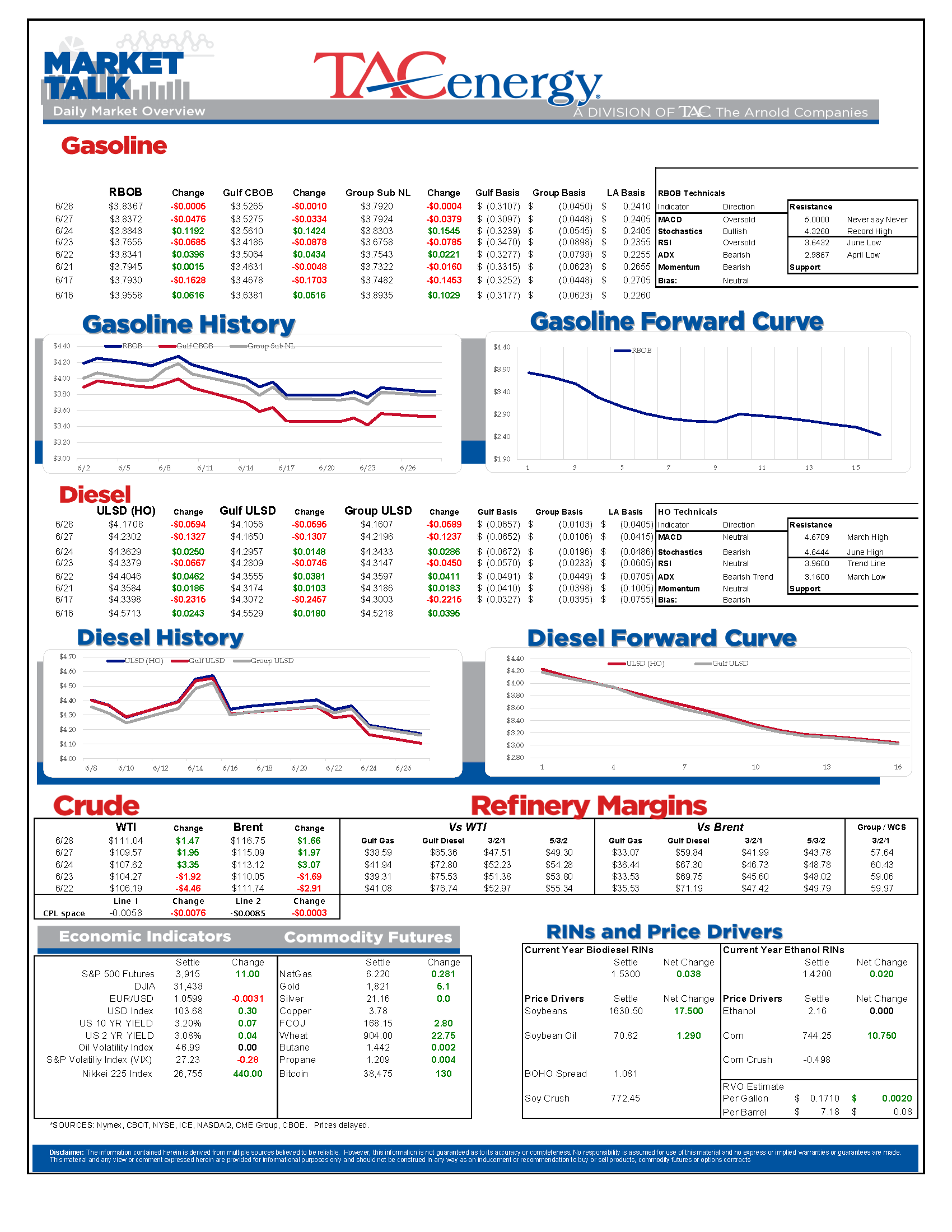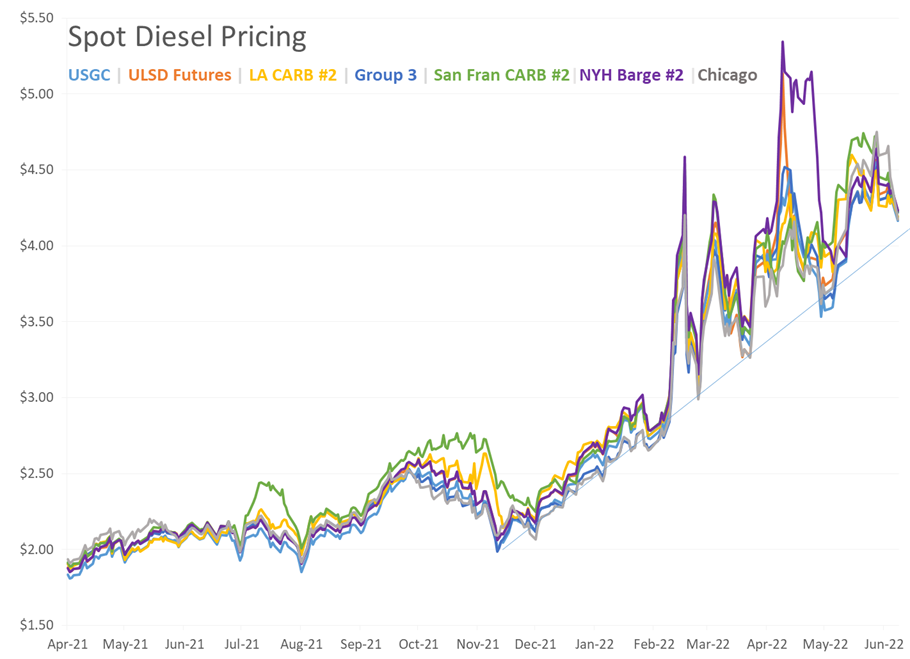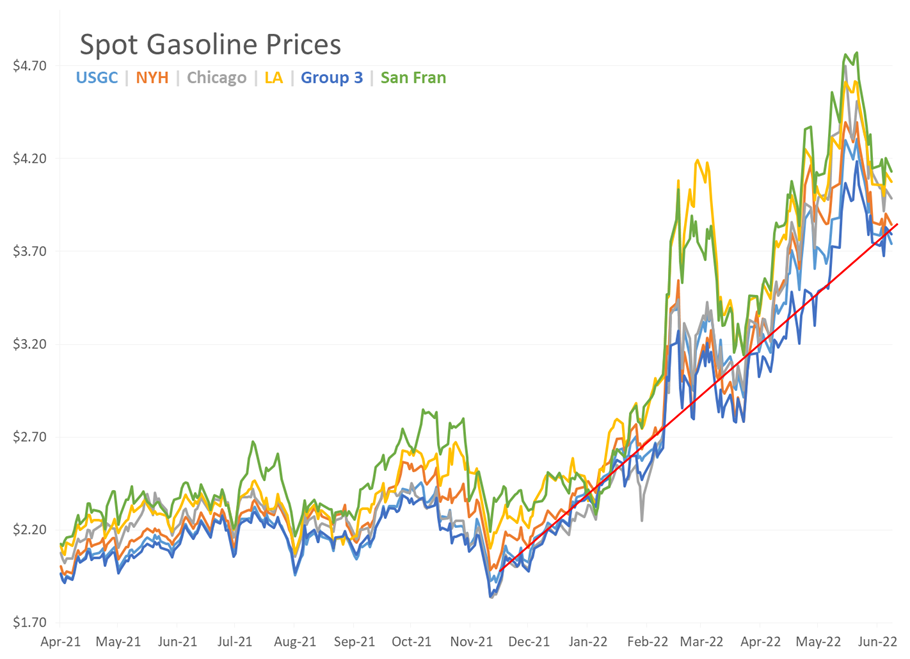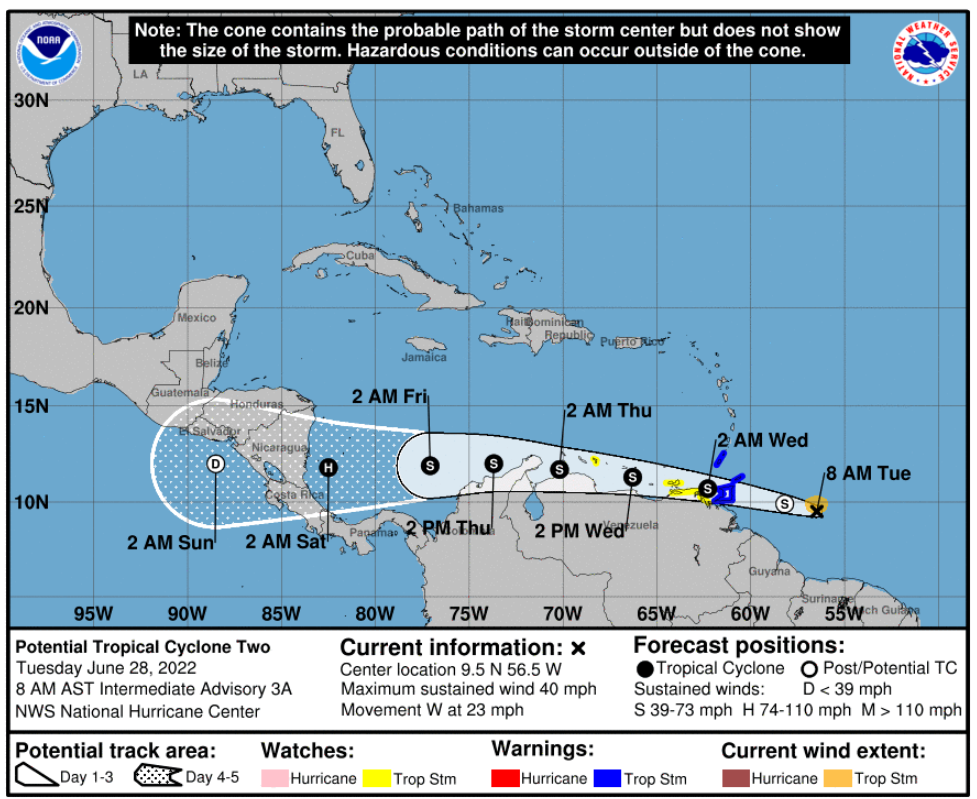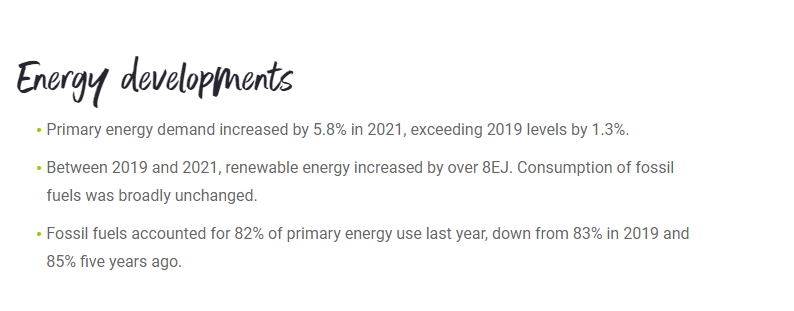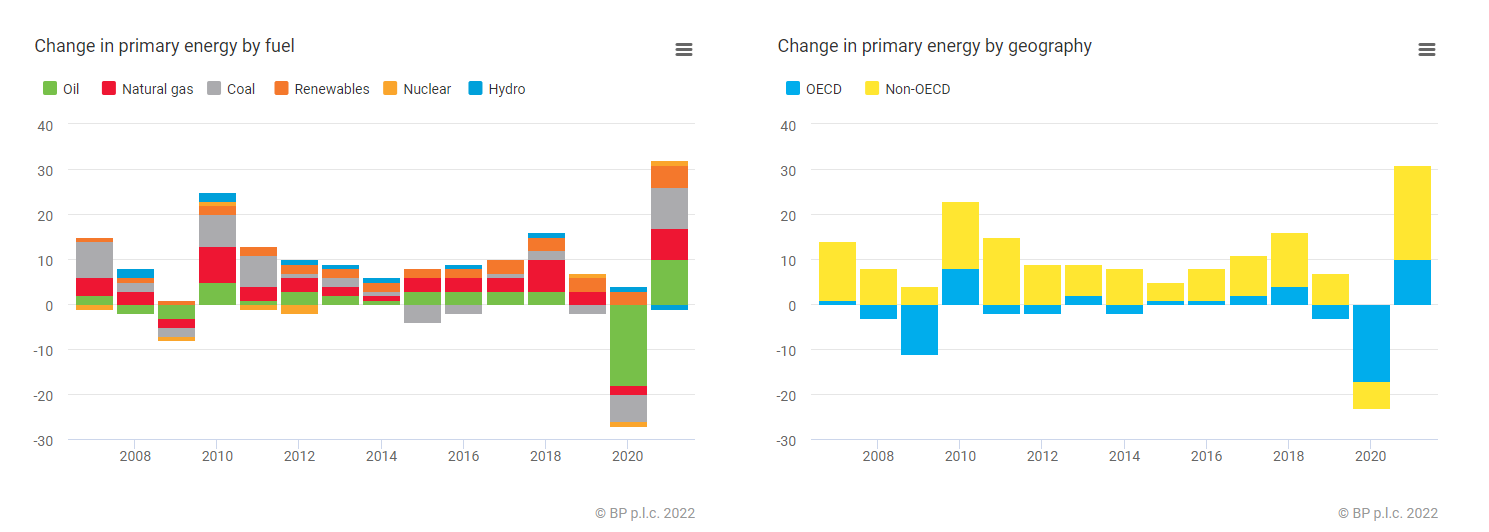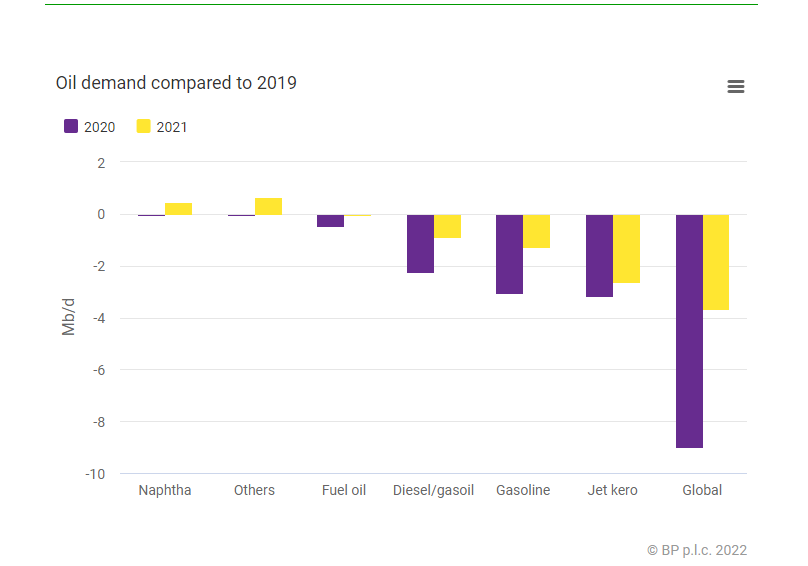Oil Prices Are Heading Higher While Diesel Prices Are Facing Heavy Selling Pressure This Week

Oil prices are heading higher while diesel prices are facing heavy selling pressure this week, setting up some potentially pivotal technical tests that could shape the pattern of summer trading.
ULSD prices are currently down 19 cents since Friday’s settlement, while WTI has rallied more than $3/barrel, knocking more than $10/barrel off of the record high diesel crack spreads in less than 2 days. Don’t worry though, despite the pullback, most plants in the US are still looking at margins for a 5/3/2 ratio (5 barrels of crude producing 3 barrels of gasoline and 2 barrels of distillates) north of $1/gallon despite that drop.
The recovery in oil prices while refined products have stumbled seems to be due at least in part to reports that the Saudis and UAE are both pumping at current capacity and will need 6 months or more to bring their additional “spare” capacity on line.
Hurricane Bonnie is expected to be named this week, with a landfall projected in Central America this weekend. The system churning off the Texas coast is still given low odds of being named, but is expected to bring heavy rainfall to parts of Texas and Louisiana, with towns inland like Shreveport and Texarkana expected to see 8-12 inches of rain based on the European forecast model.
The DOE continues to struggle to restore its servers after a hardware failure last week, and delayed its weekly gasoline and diesel fuel update that many companies use as a benchmark for freight surcharges Monday. No word yet if the weekly status report will be delayed again, but they do plan on publishing retroactively as they continue to collect data through this outage.
The agency did publish a brief note highlighting the increased flow of fuel from the Gulf Coast to the East Coast noting that 2.8 million barrels/day (117 million gallons daily) flowed between pipeline, tanker and barge from PADD 3 to PADD 1 this year.
BP released its annual statistical review of world energy, noting the largest annual increase in demand ever last year, which pushed global consumption higher than 2019 levels, even though oil & products demand remains slightly below pre-pandemic levels. The report also noted the first global decline in refining capacity in more than 30 years, while a resurgence in coal usage by countries looking to avoid energy crises is driving a sharp increase in global emissions.
Speaking of which, 3 oil majors announced plans to create a giant carbon capture hub in China this week, something they estimate could capture as much as 10 million tons of CO2 annually.
Why let the details spoil a party? Mexico’s president will inaugurate a new refinery this week, even though reports suggest it’s still several years away from being completed, and is going to cost around $4 billion more than the earlier estimates of $8 billion.
Click here to download a PDF of today's TACenergy Market Talk.
News & Views
View All
The Recovery Rally In Energy Markets Continues For A 3rd Day
The recovery rally in energy markets continues for a 3rd day with refined product futures both up more than a dime off of the multi-month lows we saw Wednesday morning. The DJIA broke 40,000 for the first time ever Thursday, and while it pulled back yesterday, US equity futures are suggesting the market will open north of that mark this morning, adding to the sends of optimism in the market.
Despite the bounce in the back half of the week, the weekly charts for both RBOB and ULSD are still painting a bearish outlook with a lower high and lower low set this week unless the early rally this morning can pick up steam in the afternoon. It does seem like the cycle of liquidation from hedge funds has ended however, so it would appear to be less likely that we’ll see another test of technical support near term after this bounce.
Ukraine hit another Russian refinery with a drone strike overnight, sparking a fire at Rosneft’s 240mb/day Tuapse facility on the black sea. That plant was one of the first to be struck by Ukrainian drones back in January and had just completed repairs from that strike in April. The attack was just one part of the largest drone attack to date on Russian energy infrastructure overnight, with more than 100 drones targeting power plants, fuel terminals and two different ports on the Black Sea. I guess that means Ukraine continues to politely ignore the White House request to stop blowing up energy infrastructure in Russia.
Elsewhere in the world where lots of things are being blown up: Several reports of a drone attack in Israel’s largest refining complex (just under 200kbd) made the rounds Thursday, although it remains unclear how much of that is propaganda by the attackers and if any impact was made on production.
The LA market had 2 different refinery upsets Thursday. Marathon reported an upset at the Carson section of its Los Angeles refinery in the morning (the Carson facility was combined with the Wilmington refinery in 2019 and now reports as a single unit to the state, but separately to the AQMD) and Chevron noted a “planned” flaring event Thursday afternoon. Diesel basis values in the region jumped 6 cents during the day. Chicago diesel basis also staged a recovery rally after differentials dropped past a 30 cent discount to futures earlier in the week, pushing wholesale values briefly below $2.10/gallon.
So far there haven’t been any reports of refinery disruptions from the severe weather than swept across the Houston area Thursday. Valero did report a weather-related upset at its Mckee refinery in the TX panhandle, although it appears they avoided having to take any units offline due to that event.
The Panama Canal Authority announced it was increasing its daily ship transit level to 31 from 24 as water levels in the region have recovered following more than a year of restrictions. That’s still lower than the 39 ships/day rate at the peak in 2021, but far better than the low of 18 ships per day that choked transit last year.
Click here to download a PDF of today's TACenergy Market Talk.

Energy Prices Found A Temporary Floor After Hitting New Multi-Month Lows Wednesday
Energy prices found a temporary floor after hitting new multi-month lows Wednesday morning as a rally to record highs in US equity markets and a modestly bullish DOE report both seemed to encourage buyers to step back into the ring.
RBOB and ULSD futures both bounced more than 6 cents off of their morning lows, following a CPI report that eased inflation fears and boosted hopes for the stock market’s obsession of the FED cutting interest rates. Even though the correlation between energy prices and equities and currencies has been weak lately, the spillover effect on the bidding was clear from the timing of the moves Wednesday.
The DOE’s weekly report seemed to add to the optimism seen in equity markets as healthy increases in the government’s demand estimates kept product inventories from building despite increased refinery runs.
PADD 3 diesel stocks dropped after large increases in each of the past 3 weeks pushed inventories from the low end of their seasonal range to average levels. PADD 2 inventories remain well above average which helps explain the slump in mid-continent basis values over the past week. Diesel demand showed a nice recovery on the week and would actually be above the 5 year average if the 5% or so of US consumption that’s transitioned to RD was included in these figures.
Gasoline inventories are following typical seasonal patterns except on the West Coast where a surge in imports helped inventories recover for a 3rd straight week following April’s big basis rally.
Refiners for the most part are also following the seasonal script, ramping up output as we approach the peak driving demand season which unofficially kicks off in 10 days. PADD 2 refiners didn’t seem to be learning any lessons from last year’s basis collapse and rapidly increased run rates last week, which is another contributor to the weakness in midwestern cash markets. One difference this year for PADD 2 refiners is the new Transmountain pipeline system has eroded some of their buying advantage for Canadian crude grades, although those spreads so far haven’t shrunk as much as some had feared.
Meanwhile, wildfires are threatening Canada’s largest oil sands hub Ft. McMurray Alberta, and more than 6,000 people have been forced to evacuate the area. So far no production disruptions have been reported, but you may recall that fires in this region shut in more than 1 million barrels/day of production in 2016, which helped oil prices recover from their slump below $30/barrel.
California’s Air Resources Board announced it was indefinitely delaying its latest California Carbon Allowance (CCA) auction – in the middle of the auction - due to technical difficulties, with no word yet from the agency when bidders’ security payments will be returned, which is pretty much a nice microcosm for the entire Cap & Trade program those credits enable.


